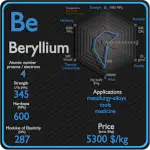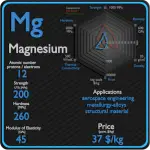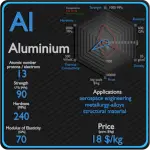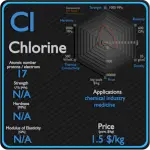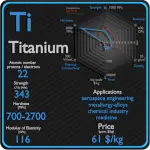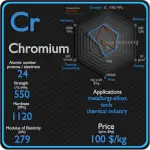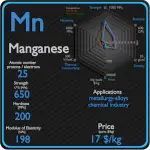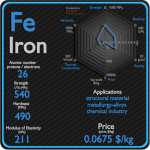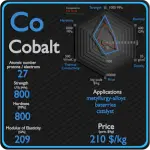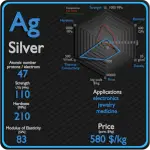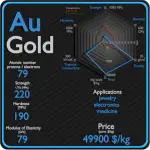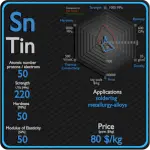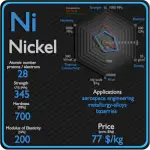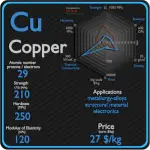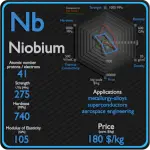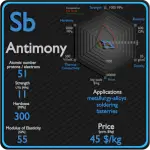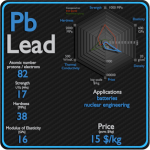This article contains comparison of key thermal and atomic properties of copper and tin, two comparable chemical elements from the periodic table. It also contains basic descriptions and applications of both elements. Copper vs Tin.
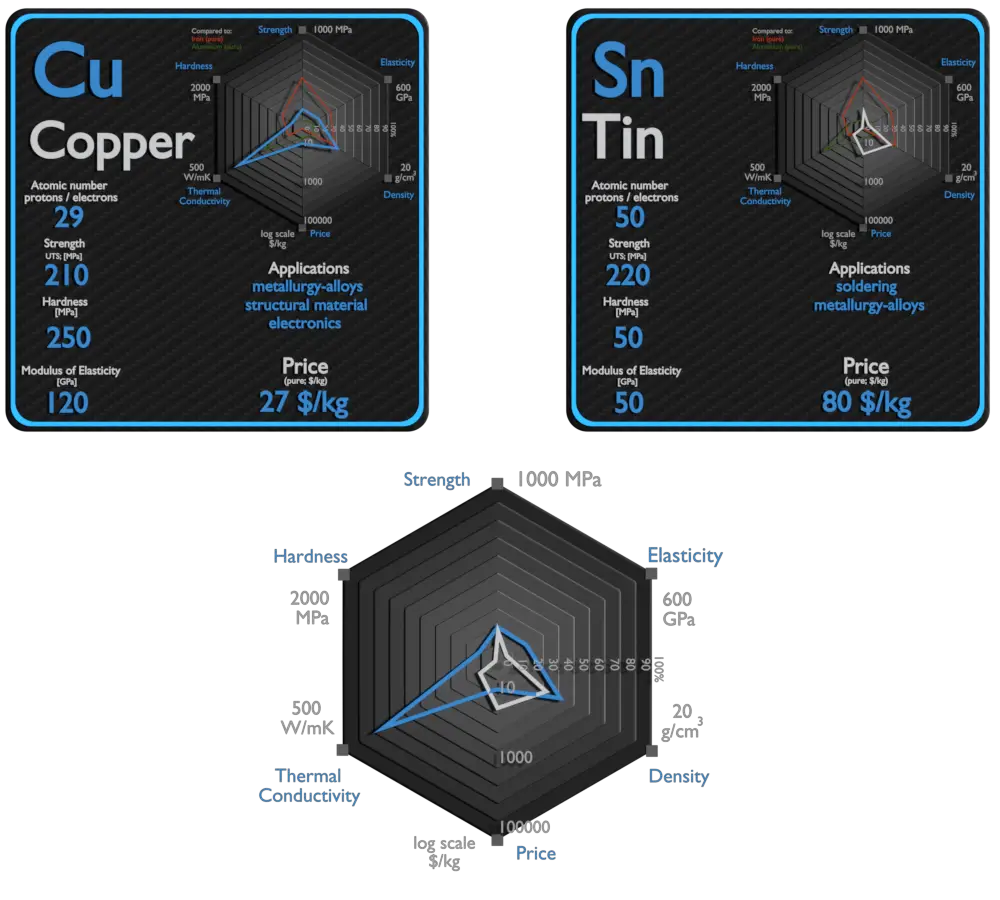
Copper and Tin – About Elements
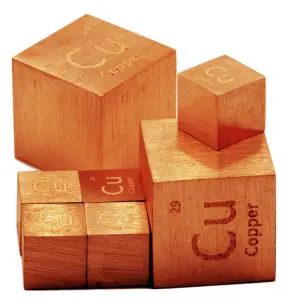
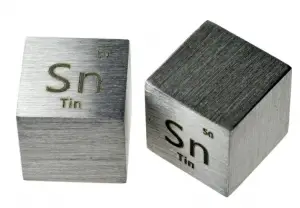
Source: www.luciteria.com
Copper and Tin – Applications
Copper
Historically, alloying copper with another metal, for example tin to make bronze, was first practiced about 4000 years after the discovery of copper smelting, and about 2000 years after “natural bronze” had come into general use. An ancient civilization is defined to be in the Bronze Age either by producing bronze by smelting its own copper and alloying with tin, arsenic, or other metals. The major applications of copper are electrical wire (60%), roofing and plumbing (20%), and industrial machinery (15%). Copper is used mostly as a pure metal, but when greater hardness is required, it is put into such alloys as brass and bronze (5% of total use). Copper and copper-based alloys including brasses (Cu-Zn) and bronzes (Cu-Sn) are widely used in different industrial and societal applications. Some of the common uses for brass alloys include costume jewelry, locks, hinges, gears, bearings, ammunition casings, automotive radiators, musical instruments, electronic packaging, and coins. Bronze, or bronze-like alloys and mixtures, were used for coins over a longer period. is still widely used today for springs, bearings, bushings, automobile transmission pilot bearings, and similar fittings, and is particularly common in the bearings of small electric motors. Brass and bronze are common engineering materials in modern architecture and primarily used for roofing and facade cladding due to their visual appearance.
Tin
The largest single application of tin is in the manufacture of tinplate (steel sheet coated with tin), which accounts for approximately 40% of total world tin consumption. Tin bonds readily to iron and steel to prevent corrosion. Tin-plated steel containers are widely used for food preservation, and this forms a large part of the market for metallic tin. Tinning is the process of thinly coating sheets of wrought iron or steel with tin, and the resulting product is known as tinplate. The term is also widely used for the different process of coating a metal with solder before soldering. There are two processes for the tinning of the black plates: hot-dipping and electroplating.
Copper and Tin – Comparison in Table
| Element | Copper | Tin |
| Density | 8.92 g/cm3 | 7.31 g/cm3 |
| Ultimate Tensile Strength | 210 MPa | 220 MPa |
| Yield Strength | 33 MPa | N/A |
| Young’s Modulus of Elasticity | 120 GPa | 50 GPa |
| Mohs Scale | 3 | 1.65 |
| Brinell Hardness | 250 MPa | 50 MPa |
| Vickers Hardness | 350 MPa | N/A |
| Melting Point | 1084.62 °C | 231.93 °C |
| Boiling Point | 2562 °C | 2602 °C |
| Thermal Conductivity | 401 W/mK | 67 W/mK |
| Thermal Expansion Coefficient | 16.5 µm/mK | 22 µm/mK |
| Specific Heat | 0.38 J/g K | 0.227 J/g K |
| Heat of Fusion | 13.05 kJ/mol | 7.029 kJ/mol |
| Heat of Vaporization | 300.3 kJ/mol | 295.8 kJ/mol |
